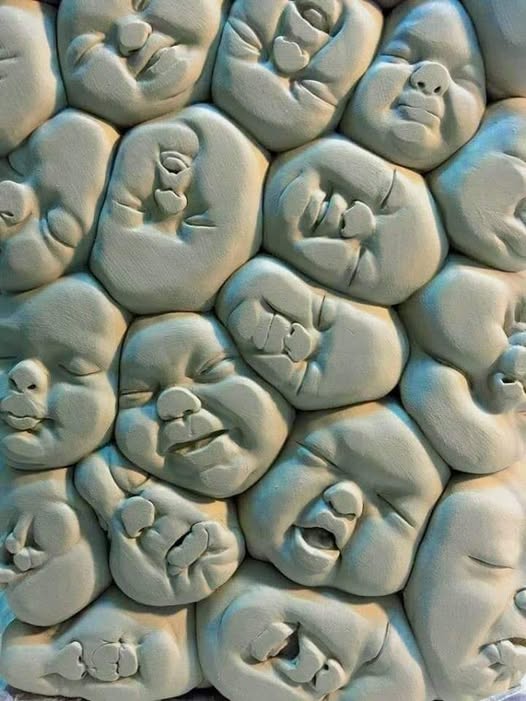
Lee Alan Dugatkin in The Guardian: Standing before the Royal Society of Medicine in London on 22 June 1972, the ecologist turned psychologist John Bumpass Calhoun, the director of the Laboratory of Brain Evolution and Behavior at the National Institute of Mental Health (NIMH) headquartered in Bethesda, Maryland, appeared a mild-mannered, smallish man, sporting a greying goatee. After what must surely have been one of the oddest opening remarks to the Royal Society in its storied 200-plus-year history – “I shall largely speak of mice,” Calhoun began, “but my thoughts are on man, on healing, on life and its evolution” – he spoke of a long-term experiment he was running on the effects of overcrowding and population crashes in mice.
Members of the Royal Society were scratching their heads as Calhoun told them of Universe 25, a giant experimental setup he had built and which he described as “a utopian environment constructed for mice”. Still, they listened carefully as he described that universe. They learned that to study the effects of overpopulation, Calhoun, in addition to being a scientist, needed to be a rodent city planner. For Universe 25, he had built a large, very intricate apartment block for mice. There were 16 identical apartment buildings arranged in a square with four buildings on each side. Calhoun told his audience each building had “four four-unit walk-up one-room apartments”, for a total of 256 units, each of which could comfortably accommodate about 15 mouse residents. There were also a series of dining halls in each apartment building, and a cluster of rooftop fountains so the residents could quench their thirst. Calhoun had marked each mouse resident with a unique colour combination and he or his team sat in a loft over this mouseopolis, for hours every day, for more than three years, and watched what unfolded.
Calhoun told the Royal Society members that what began as a rodent utopia – where mice had sumptuous accommodations, all the food and water they could want, and were free from the twin scourges of disease and predation – over time degenerated into a mouse hell. Initiated by a population explosion early on, and later stagnation and decline, that hell had mice displaying a suite of aberrant behaviours, including the loss of sexual drive on the part of males and the absence of maternal care in females. Calhoun attributed much of this to the formation of what he called a behavioural sink that had developed among the mice in Universe 25. At the most general level, a “behavioural sink”, Calhoun argued, was an “attraction to one locality to assure a conditioned social contact”. That attraction could lead to a “pathological togetherness” in which animals needed to be near others, even if the consequences of such togetherness – eating at crowded feeders when more food could be obtained elsewhere – were negative. Once a behavioural sink was in place, “normal social organisation … ‘The establishment,’” he told the crowd, “breaks down, it ‘dies.’”
More here.



